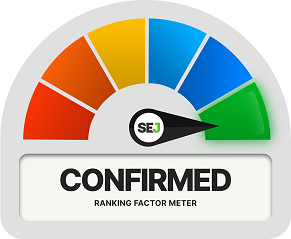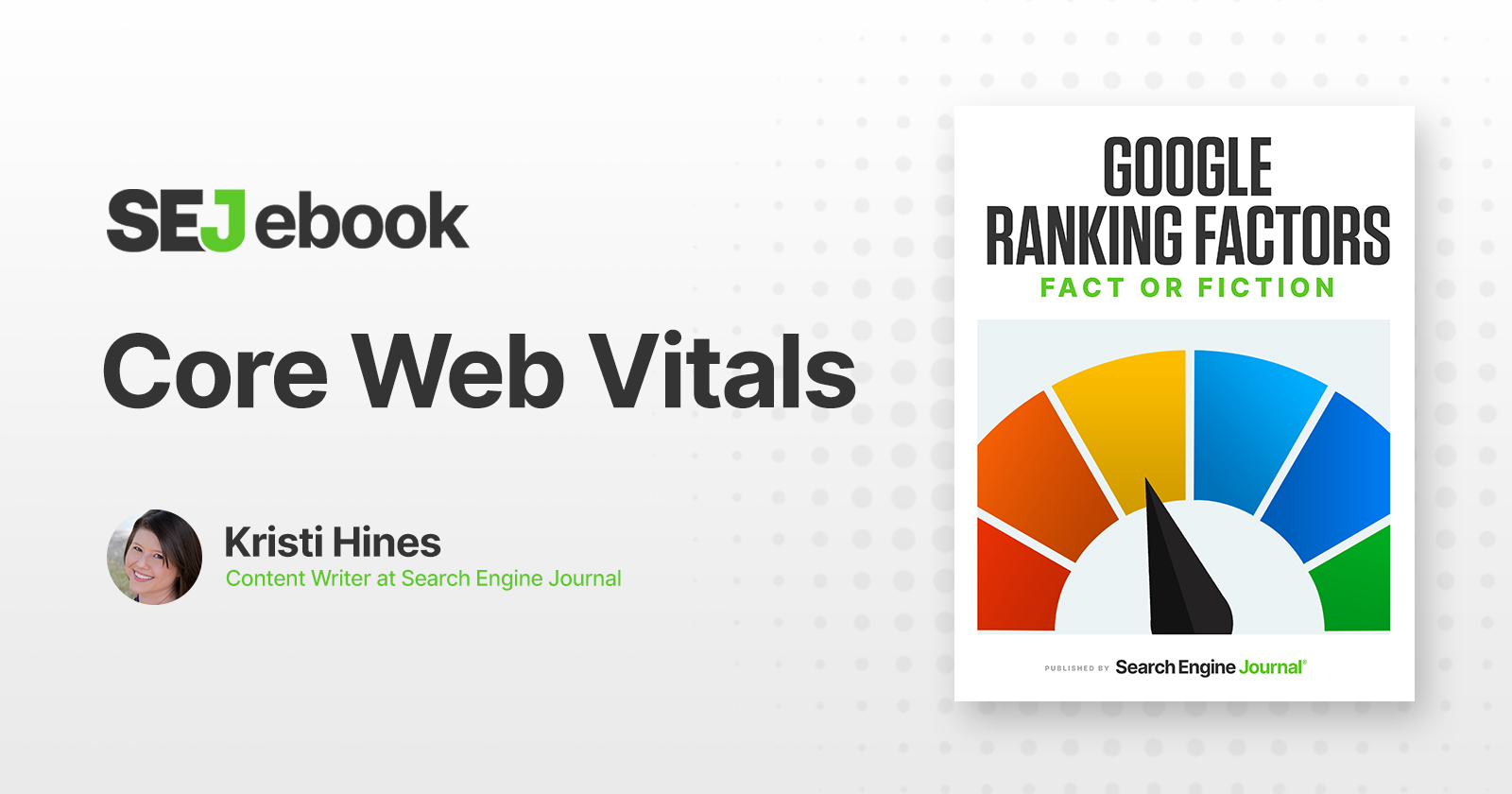Core Web Vitals measure page experience signals to ensure an engaging user experience for search users.
But can Core Web Vitals affect your organic search rankings?
Read on to learn whether there is any connection between Core Web Vitals and improved Google rankings.
The Claim: Core Web Vitals Are a Ranking Factor
What are Core Web Vitals?
According to web.dev:
“Core Web Vitals are the subset of Web Vitals that apply to all web pages, should be measured by all site owners, and will be surfaced across all Google tools.
Each of the Core Web Vitals represents a distinct facet of the user experience, is measurable in the field, and reflects the real-world experience of a critical user-centric outcome.”
Advertisement
Continue Reading Below
The three Core Web Vital metrics are as follows.
- Largest Contentful Paint (LCP): Measures how long it takes to load the largest image or block of text in the viewport.
- First Input Delay (FID): Measures how long it takes for the browser to respond when a user engages with the page (button click, tap, etc.).
- Cumulative Layout Shift (CLS): Measures visual stability to determine whether there is a major shift in the content on-screen while elements are loading.
The Evidence for Core Web Vitals as a Ranking Factor
In 2020, Google Search Central made a pre-announcement of the upcoming page experience metrics (Core Web Vitals) ranking signals.
The corresponding blog post stated the following:
“Earlier this month, the Chrome team announced Core Web Vitals, a set of metrics related to speed, responsiveness and visual stability, to help site owners measure user experience on the web.
Today, we’re building on this work and providing an early look at an upcoming Search ranking change that incorporates these page experience metrics. We will introduce a new signal that combines Core Web Vitals with our existing signals for page experience to provide a holistic picture of the quality of a user’s experience on a web page.”
Advertisement
Continue Reading Below
In 2021, Google hosted a half-hour “ask me anything” session on web vitals. During the AMA, someone asked if page experience is a binary ranking factor.
Philip Walton, Google engineer working on web performance, answered that web vitals were mostly not a binary ranking factor.
John Mueller, Google Search Advocate, confirmed during the AMA that while web vitals affect rankings, relevance also plays a strong role. If website A is faster than website B but B is more relevant to the search users query, website B would still outrank A.
Mueller also noted that websites moving from “needs improvement” to “good” may see ranking improvements. But websites that are already good and improve their speed a millisecond or two may not see ranking changes.
In 2021, Google updated the original blog announcement for Core Web Vitals. They confirmed that the page experience rollout would be completed in August 2021.
Core Web Vitals as a Ranking Factor: Our Verdict

Google has confirmed that yes, Core Web Vitals are a ranking factor.
Advertisement
Continue Reading Below
Google’s web.dev offers great advice on how to improve your LCP, FID, and CLS to improve both your users’ experience and your rankings.
For a real world perspective of web performance metrics throughout the internet, visit HTTP Archive for “…various performance metrics in the lifecycle of a loading page including those used by many modern progressive web apps.”
Featured Image: Paulo Bobita/SearchEngineJournal
